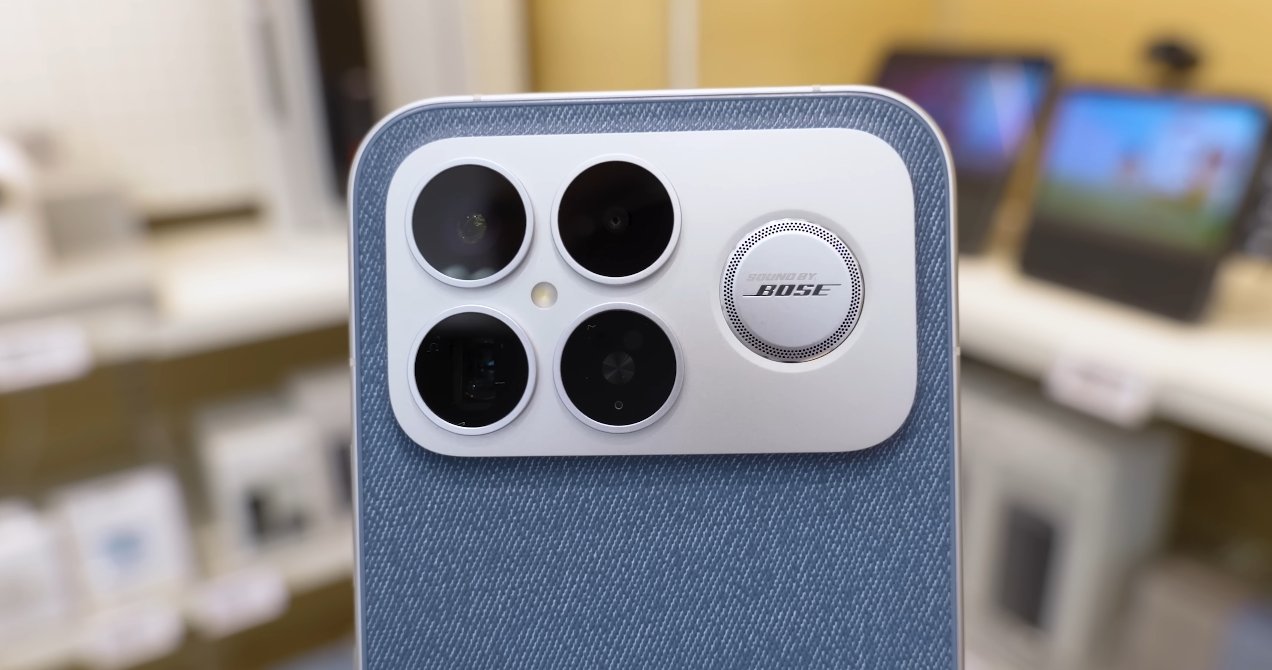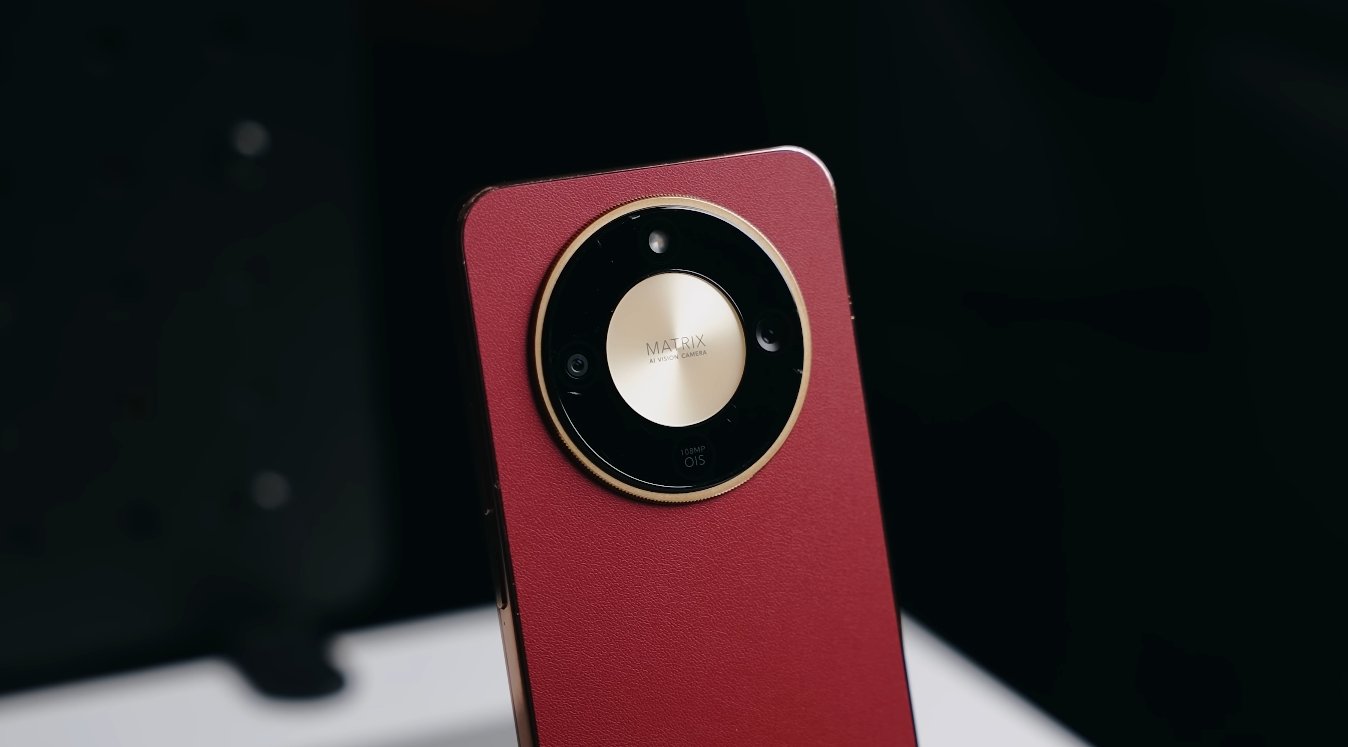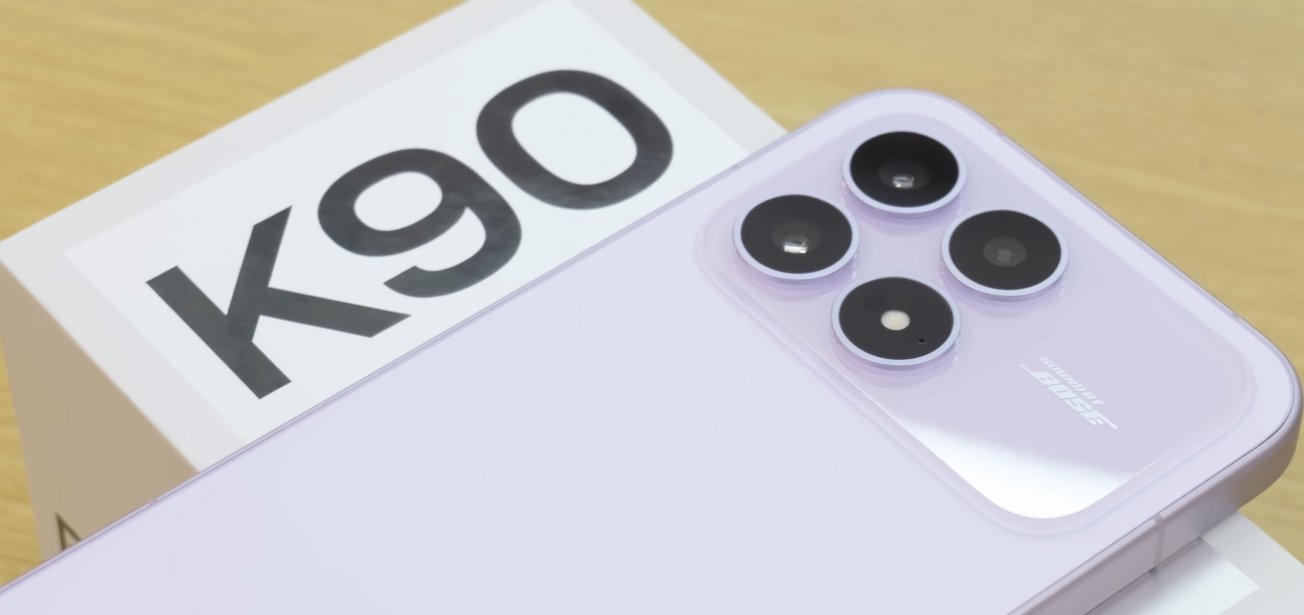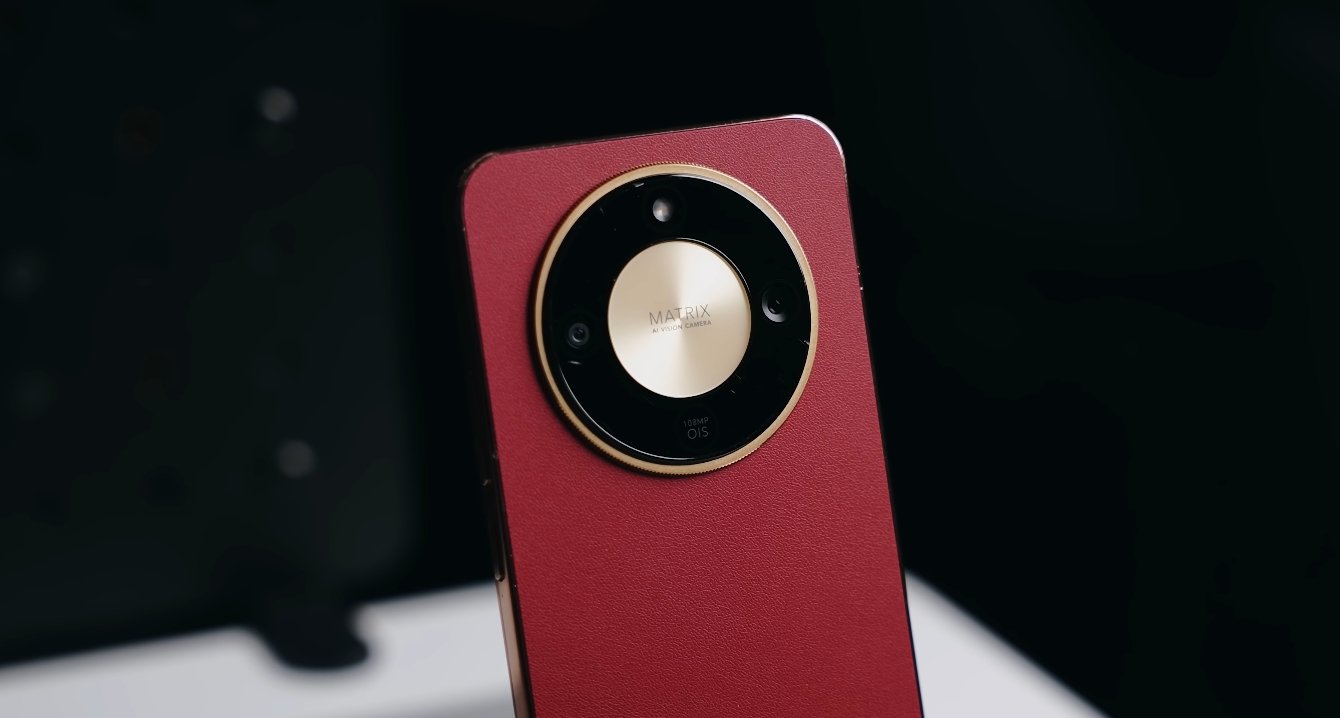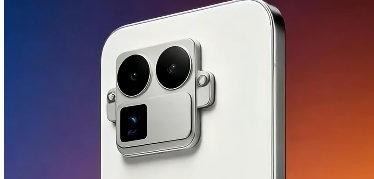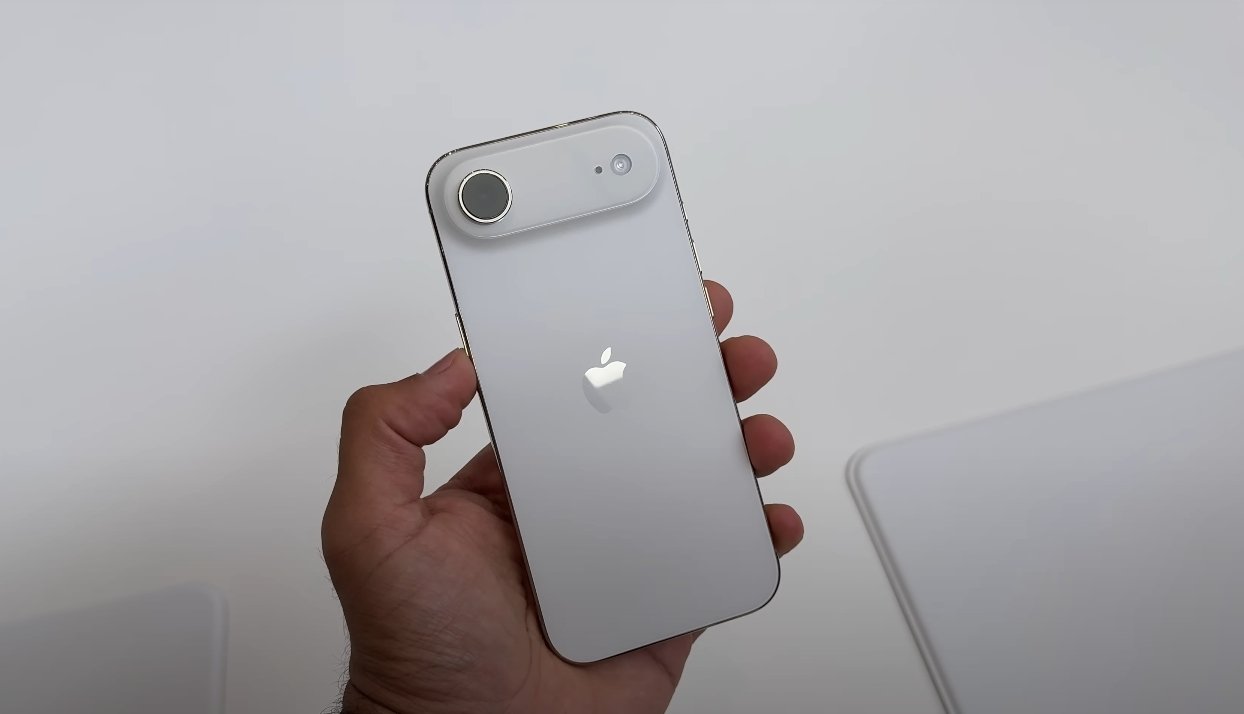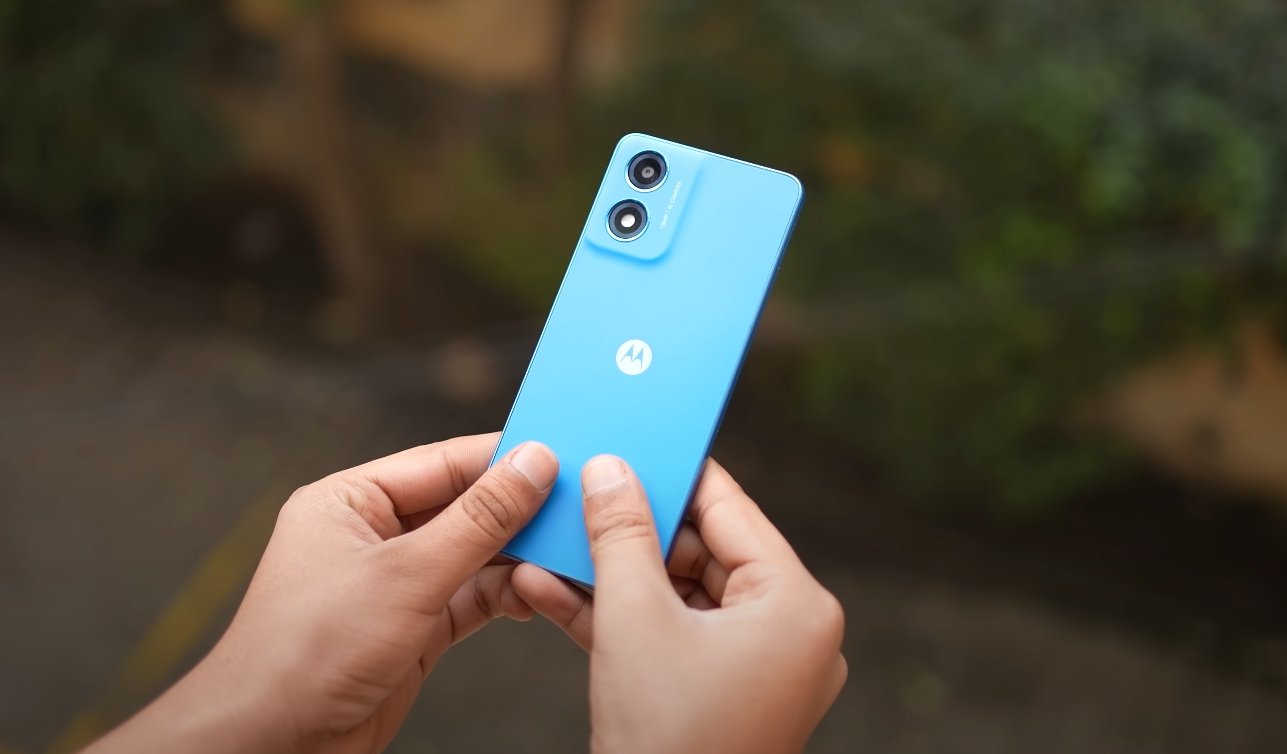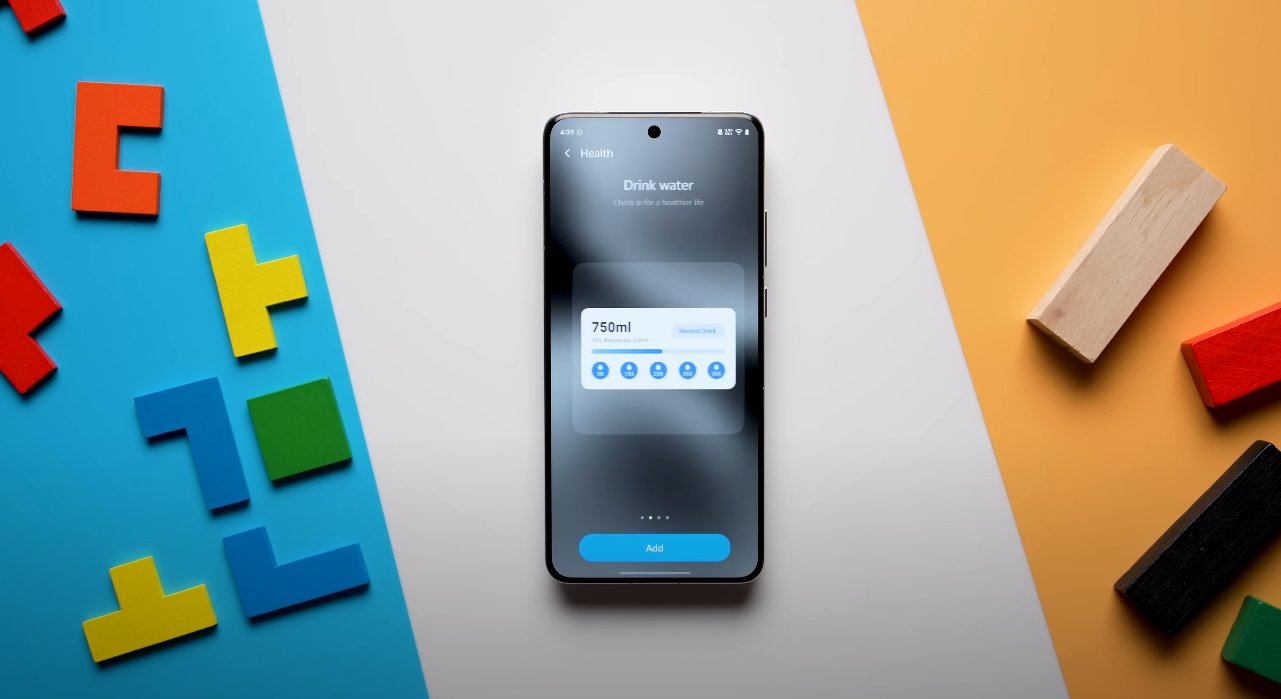Evaluating Redmi’s flagship power against Canada’s premium options
The arrival of the Redmi K90 Pro Max has sparked international discussion about whether Xiaomi’s high-end smartphone can challenge leading devices from Samsung and Google, particularly in markets like Canada. While the phone is not yet officially available through Canadian carriers, tech enthusiasts are already comparing its impressive specifications to flagship models sold locally, such as Samsung’s Galaxy S25 series and Google’s Pixel 10 lineup. For many buyers, the question comes down to whether the K90 Pro Max’s aggressive performance-to-price ratio can outweigh the benefits of local availability, software support, and after-sales service.
At the core of the Redmi K90 Pro Max is Qualcomm’s Snapdragon 8 Elite Gen 5 processor, paired with up to 16GB of LPDDR5X RAM and 1TB of UFS 4.0 storage. This combination places it firmly in the same performance tier as Samsung’s and Google’s latest flagships. For raw speed, multitasking, and gaming, the Redmi device matches or even surpasses these premium phones. The phone’s large 6.9-inch LTPO AMOLED display delivers 2K resolution and a smooth 120Hz refresh rate, making it ideal for streaming, productivity, and immersive visuals. By contrast, the Galaxy S25 and Pixel 10 both feature similarly capable displays, though Samsung’s superior brightness calibration and Google’s color tuning may appeal to users seeking refined visual accuracy.
Battery life and charging capabilities represent one of the Redmi K90 Pro Max’s most impressive advantages. The phone houses a massive 7,560mAh cell, supported by 100-watt wired and 50-watt wireless fast charging. This allows the device to fully recharge in roughly 30 minutes, far surpassing the charging speeds of both Samsung and Google models sold in Canada. The Galaxy S25 series typically supports 45-watt wired charging, while the Pixel 10 lags slightly behind at around 30 watts. For users who rely heavily on their phones throughout the day, Redmi’s charging efficiency offers clear convenience, especially for travelers or professionals who value speed and endurance.
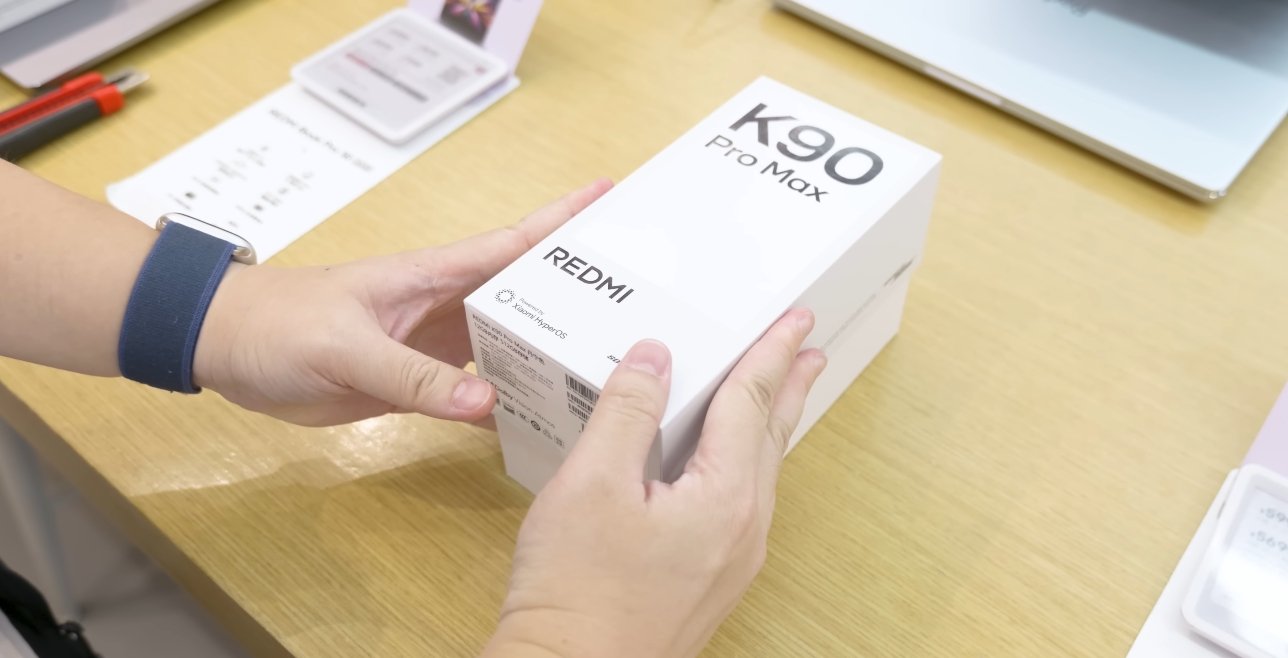
The camera systems tell a more nuanced story. The Redmi K90 Pro Max is equipped with a triple 50-megapixel array, featuring a main wide sensor, an ultra-wide camera, and a periscope telephoto lens offering 5× optical zoom. This hardware places it in direct competition with Samsung’s Galaxy S25 Ultra, which also includes a multi-lens setup with periscope capabilities. In favorable lighting, the Redmi delivers sharp, vibrant images and detailed zoom performance, but Samsung still holds an edge in color science and overall consistency. Google’s Pixel 10, on the other hand, relies heavily on computational photography. While its sensor array may not appear as advanced on paper, its software optimization produces excellent low-light results and realistic tones that remain a major draw for photography enthusiasts.
However, one key factor distinguishing Canadian-sold Samsung and Google phones from imported Redmi units is network and regional compatibility. Because the K90 Pro Max is primarily designed for the Asian market, it may not fully support all 5G and LTE frequency bands used by Canadian carriers. This could result in inconsistent coverage or reduced signal quality, especially in rural areas. Officially sold Samsung and Google devices are fully certified for Canada’s telecommunications standards, ensuring reliable performance across all major networks. Additionally, these brands offer direct carrier partnerships, financing options, and warranty coverage that imported Redmi devices simply cannot match.
Software experience is another critical point of differentiation. Samsung’s One UI and Google’s clean Android interface both offer polished, localized software experiences with guaranteed long-term updates—typically five to seven years. Xiaomi’s HyperOS, while highly customizable and feature-rich, has historically lagged in international update speed and contains some region-specific apps or services that may not be relevant for Canadian users. Buyers importing the K90 Pro Max would need to manually install Google Play services or adjust certain system settings, a process less suited for mainstream consumers who prefer seamless setup and support.
From a pricing standpoint, Redmi’s value proposition is undeniable. Even after import costs, the K90 Pro Max is expected to undercut both the Galaxy S25 and Pixel 10 by several hundred dollars while offering competitive or even superior hardware in key areas like battery life, display, and charging. For tech enthusiasts who prioritize specifications over official availability, it represents one of the most cost-effective flagship options on the market. But for the average Canadian buyer, the lack of regional warranty, uncertain network support, and potential software limitations make the savings less appealing.
Ultimately, the choice between the Redmi K90 Pro Max and flagship phones from Samsung or Google in Canada depends on user priorities. If performance, charging speed, and value for money are at the top of the list, the Redmi K90 Pro Max is a standout option—albeit one that requires comfort with importing and occasional tinkering. On the other hand, if reliability, compatibility, and long-term support matter most, the locally sold Galaxy S25 and Pixel 10 remain safer investments. Both offer seamless integration with Canadian carriers, full access to repair services, and software environments optimized for daily use in the region.
In conclusion, the Redmi K90 Pro Max demonstrates just how far Xiaomi has come in challenging traditional smartphone hierarchies. It delivers flagship-level hardware that competes directly with Samsung and Google at a fraction of the price. Yet, for most Canadian consumers, practical considerations like warranty, service, and network reliability still give domestic offerings the upper hand. The K90 Pro Max may be a tempting import for enthusiasts, but until Redmi officially expands into the Canadian market, Samsung and Google remain the more dependable choices for local buyers seeking both performance and peace of mind.
